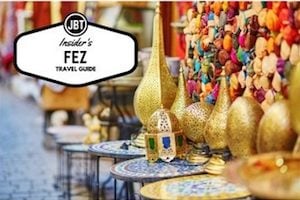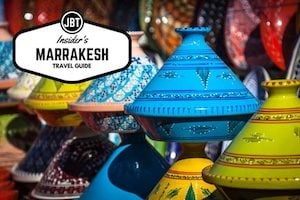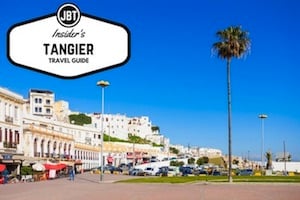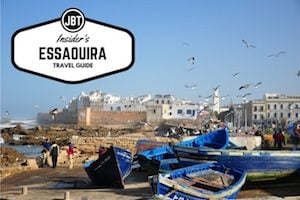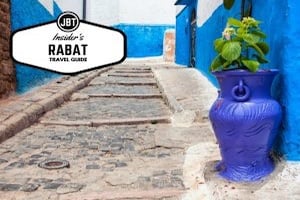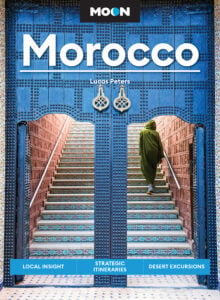
Rissani at Night
Rissani is mostly sand and stone, and you would not think there is much there of interest. However, history has a long stretch in this region. It was from Rissani that the Filali moved north as part of a ruling dynasty. The tribe began expanding, taking many years to move throughout the rest of the region. They needed a small town that could be managed yet allow travelers to move through. Even today, many still travel through Rissani to get to other destinations, used for much of the same reasons today as it was way back then.
In the Rissani region lies the Circuit Touristique, or tourist circuit, which is a 21 kilometer loop to the south. The loop takes you through many villages in the area as well as Ksars, which have long ago been ruined. The Sikilmassa ruins, which are part of a fabled city, can be seen on this trekking Morocco route.
The trek starts in the center of Rissani, then heads north. Trekkers follow the main road to the west, until reaching a 2 kilometers path. At this point is the Zawaiya Moulay Ali ash Sharif tomb. He was the founder of the dynasty of Alawite that we mentioned above. Unfortunately the tomb is closed to non muslims, but you can still take a look at the Ksar Aber ruins.
From this point the trek moves to Ksar Oulad abdelhalim, which was built for the Sultan Moulay Hassanís’ older brother. Much of the decorations of the home can still be seen. In fact you will be able to get an understanding of the decor of the times, as well as how the man lived. The route continues on towards Sijilmassa. Sijilmassa was an Islamic community, and according to records left behind it existed in 757 AD. The fabled town was important to trade to and from the salt mines of Taodeni and Tagahaza. The trade route continued into Niger and Ghana.
The trade route would sell salt for gold. Then the gold would be used for buying amenities. Most often on the return from selling the salt ostrich feathers, ebony, and ivory would be brought back along with slaves. The only things left of the city are a few gateways and ruined structures. Archaeologists have found pots which are now shown in a museum near Rissani.
The trek on the loop can be done by vehicle if you wish, but trekking it on foot offers a better view of the villages and what life was like in the past.

